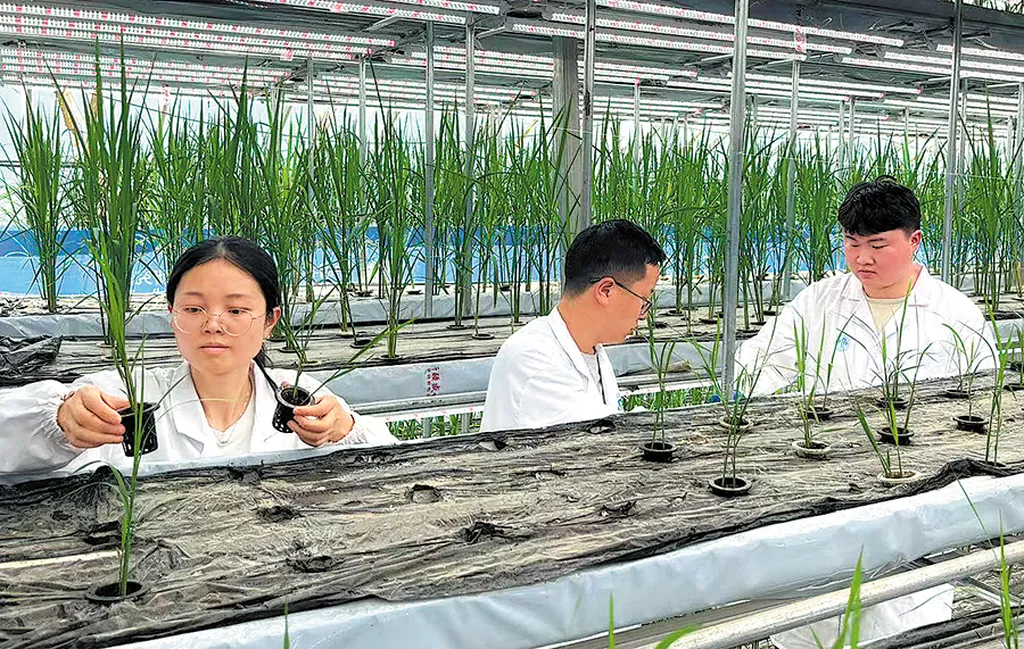In the heart of China’s Jiangxi Province, a groundbreaking study is shedding light on the delicate balance between agricultural productivity and environmental sustainability. Researchers, led by Beihe Wu from the College of Economics and Management at Jiangxi Agricultural University, have delved into the intricate relationship between agricultural productive services (APS) and the carbon efficiency of rice production. Their findings, recently published in *Frontiers in Sustainable Food Systems*, offer valuable insights for the global agriculture sector, particularly in the Global South.
The study reveals that the coupling coordination degree (CCD) between APS and rice production carbon efficiency (RCE) has been on an upward trajectory, but it remains less than optimal. This means that while there is progress, there is still significant room for improvement in integrating productive services with sustainable practices. “The CCD demonstrates a weakly multipolar dynamic evolution pattern,” explains Wu, highlighting the complex and varied nature of this relationship.
One of the most striking findings is the substantial regional disparities driven by interregional hypervariable density, which contributes 49.18% to the observed variations. This indicates that geographic and administrative boundaries play a crucial role in shaping the effectiveness of APS and RCE integration. The study employed advanced methodologies such as kernel density estimation, Dagum Gini coefficient decomposition, and the geographically and temporally weighted regression (GTWR) model to analyze these patterns.
The research also identified key influencing factors that display notable spatiotemporal heterogeneity. These factors, ranked by their contribution, include rural population-land scale, financial support for agriculture, planting structure, urban–rural income gap, multiple cropping index, and urbanization level. Understanding these drivers is crucial for policymakers and agricultural stakeholders aiming to enhance the coordination between productivity and sustainability.
The commercial implications of this research are profound. For the agriculture sector, the findings underscore the importance of tailored strategies that consider regional disparities and local conditions. By optimizing resource allocation and establishing cross-regional coordination mechanisms, stakeholders can foster low-carbon agricultural transitions that are both economically viable and environmentally sustainable.
Wu’s team proposes actionable strategies to enhance APS systems, which could have far-reaching impacts on the global agriculture sector. “Our findings offer insights applicable to Global South countries facing similar challenges in balancing productivity and decarbonization,” Wu notes. This research not only highlights the need for a more nuanced approach to agricultural development but also provides a roadmap for achieving sustainable growth in the face of climate change and resource constraints.
As the world grapples with the dual challenges of feeding a growing population and mitigating climate change, studies like this one are invaluable. They provide a scientific foundation for developing policies and practices that can drive the agriculture sector towards a more sustainable and productive future. The insights from this research could shape future developments in the field, guiding stakeholders towards a more balanced and coordinated approach to agricultural productivity and environmental stewardship.

